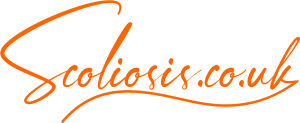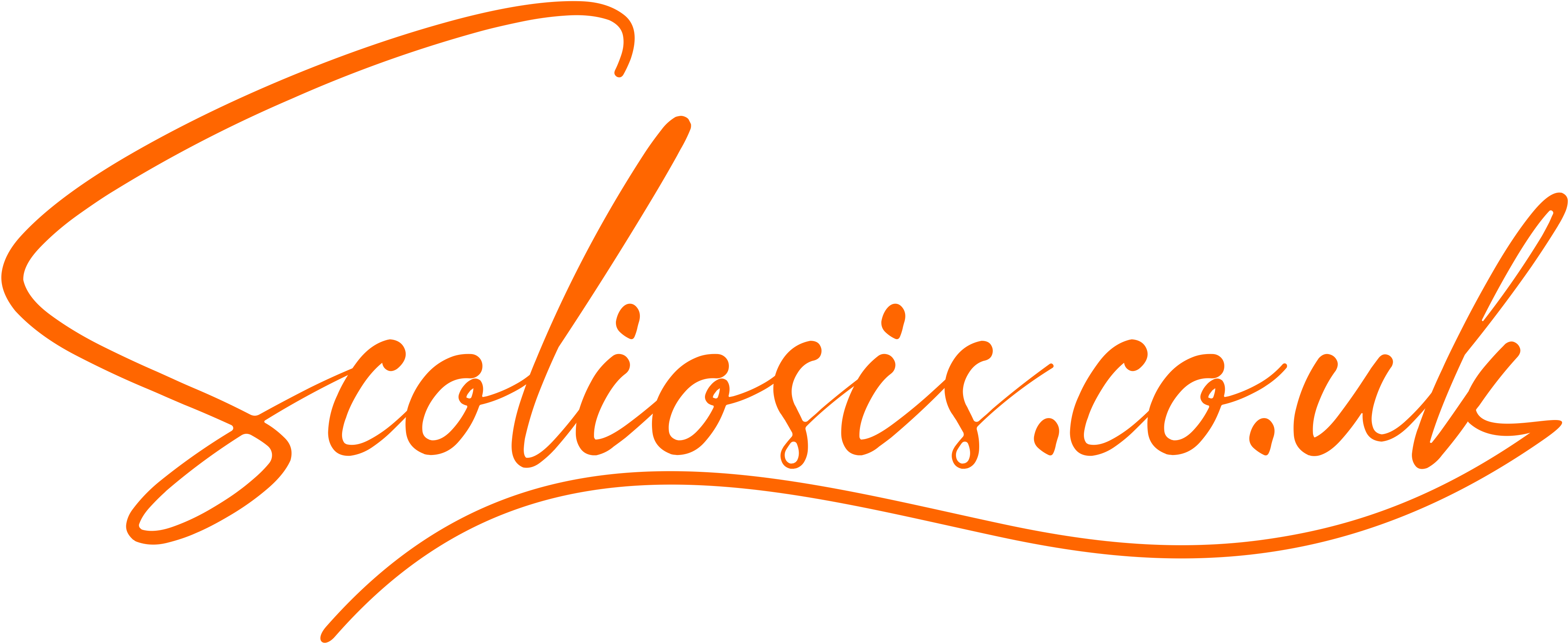Incorporating Scoliosis-Specific Techniques in Chiropractic Practice
The management of scoliosis demands a comprehensive and personalised approach. For chiropractors, incorporating scoliosis-specific techniques into practice can help ensure the delivery of optimal care to patients, addressing their unique needs and maximising their overall quality of life. In this article, we delve into the importance of scoliosis-specific techniques and how to incorporate them into your chiropractic practice.
1. Understanding the Importance of Specific Techniques
Before we delve into the techniques, it's crucial to understand why they matter in scoliosis management. Scoliosis is a three-dimensional condition that affects more than just the lateral curvature of the spine. It can also cause rotational and sagittal plane abnormalities that necessitate a multi-faceted treatment approach.
The use of scoliosis-specific techniques, as opposed to more general approaches, enables a more targeted treatment, addressing the unique curve patterns and rotational aspects of each patient's scoliosis. This level of specificity can improve patient outcomes, slow curve progression, and enhance quality of life.
For an in-depth understanding of the nature of scoliosis, check out our articles on "Understanding Scoliosis: Causes, Symptoms, and Types" and "The Connection Between Scoliosis and Osteoporosis."
2. Incorporating the Schroth Method
The Schroth Method is a physiotherapeutic technique that involves specific exercises designed to stop the progression of scoliosis. The exercises aim to de-rotate, elongate, and stabilise the spine in a three-dimensional plane.
Chiropractors can incorporate these techniques into their practice, integrating them into a comprehensive care approach. For more information on the Schroth Method, refer to our article "Physical Therapy for Scoliosis: Techniques and Benefits."
3. Utilising Scoliosis-Specific Bracing
Chiropractors can play an instrumental role in managing scoliosis through the prescription and management of scoliosis-specific braces. Unlike standard braces, scoliosis-specific braces, such as the ScoliBrace, are designed with an over-corrective design that addresses the three-dimensional nature of the scoliosis curve.
The ScoliBrace, in particular, custom-made for each patient, offers superior results and patient comfort compared to conventional braces. Integrating this into your practice can significantly enhance your treatment outcomes. For more details about the benefits of the ScoliBrace, check our article on "Understanding the Different Types of Braces for Scoliosis."
If you would like to become a scolibrace referral centre then please reach out to info@scoliosis.co.uk and we can send you details. A pre-requisite is the Understanding Scoliosis course which is FREE and available by clicking the button below

